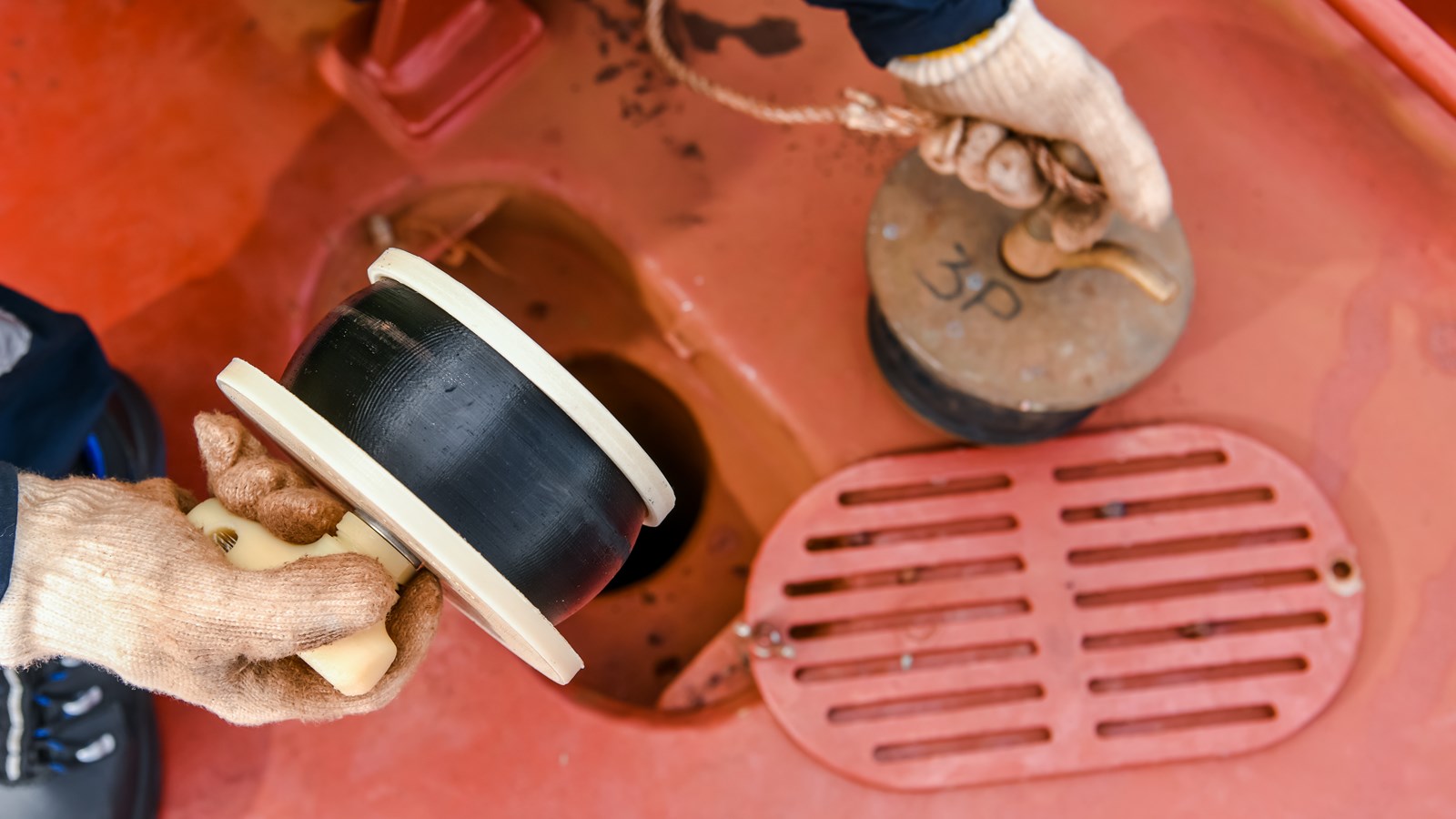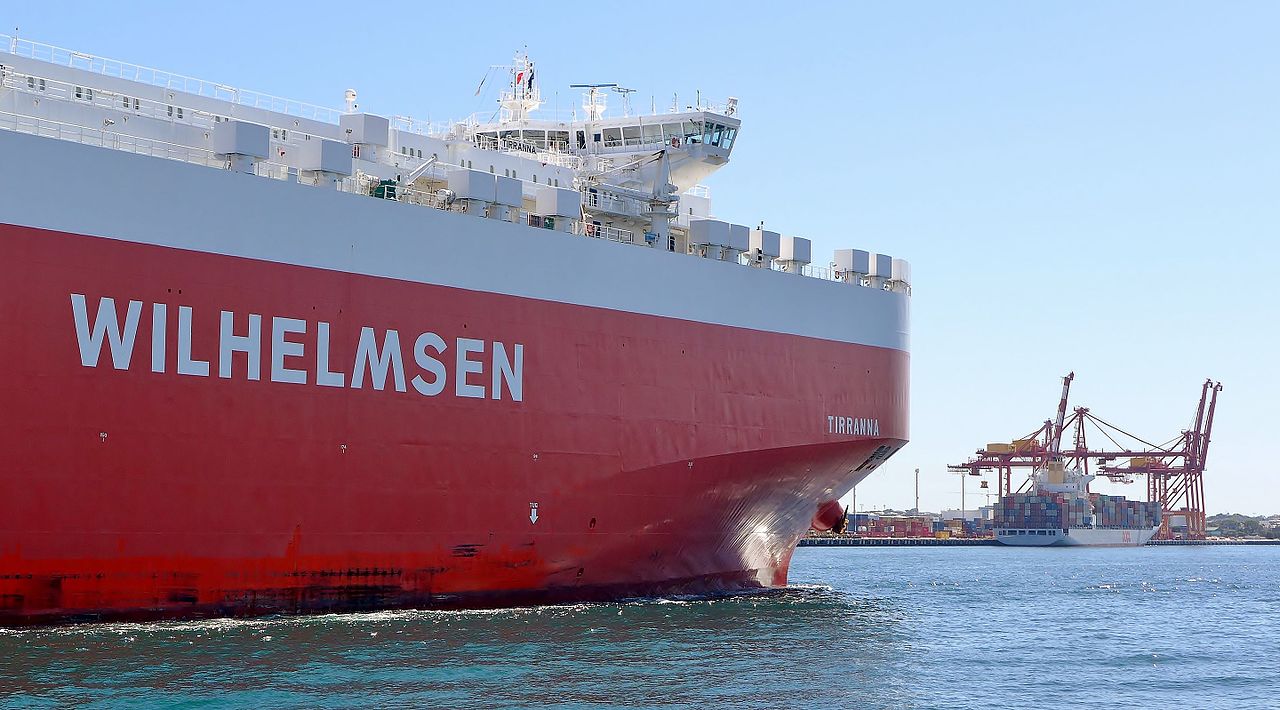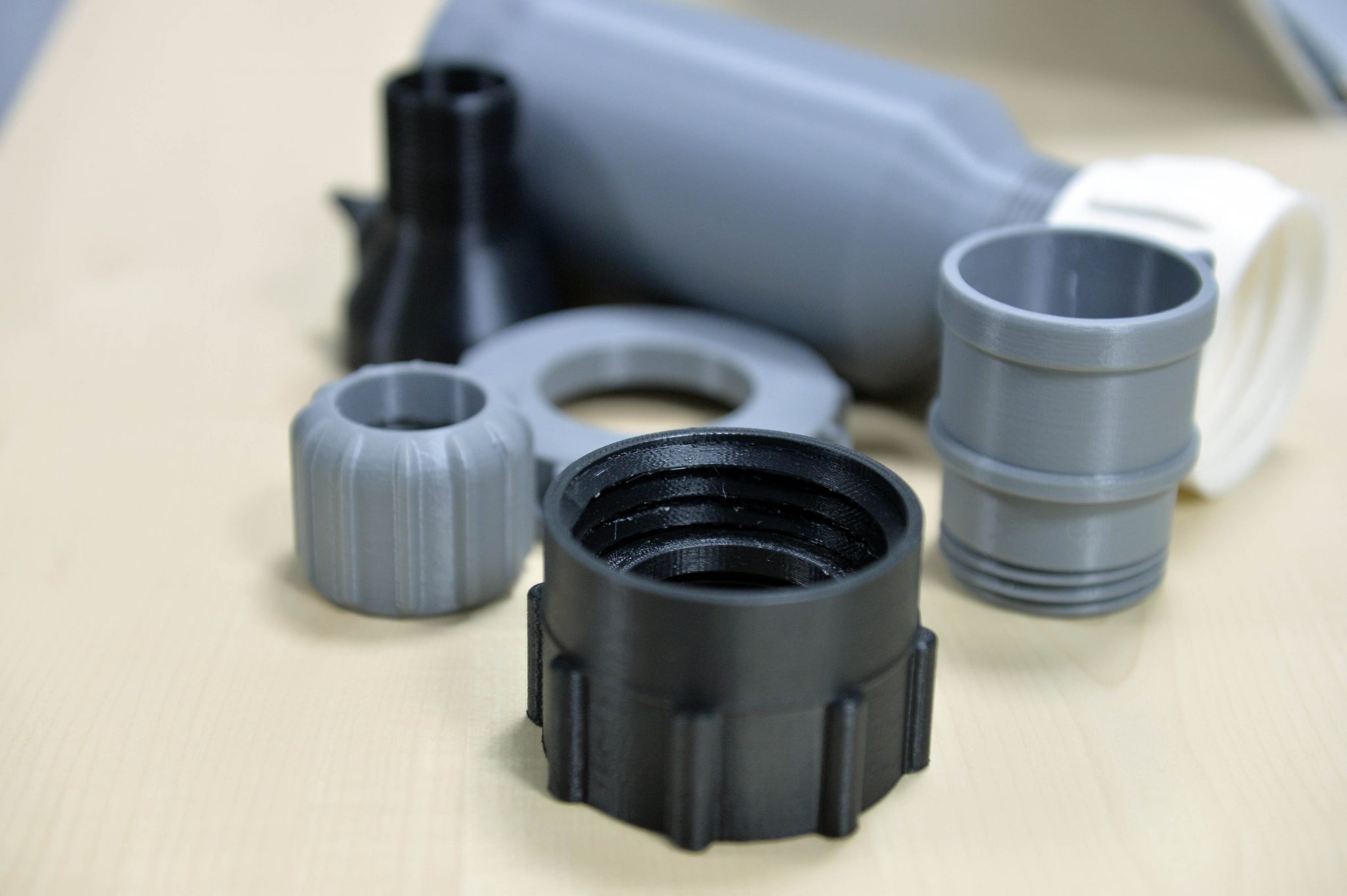Global maritime industry group Wilhelmsen has delivered a number of 3D printed parts to dry bulk shipping company Berge Bulk. Slated as a “landmark commercial delivery” by Wilhelmsen, the components included a set of 3D printed scupper plugs, delivered as part of the company’s Early Adopter Program (EAP) with additive manufacturing service bureau Ivaldi Group.
The EAP, launched in late 2019, is an initiative where Wilhelmsen and Ivaldi Group supply 3D printed spare parts on-demand to ships and other vessels. It is currently exclusively open to six customers: Berge Bulk, Carnival Maritime, Thome Ship Management, OSM Maritime Group, Executive Ship Management and Wilhelmsen Ship Management.
“We are very excited with this milestone – completing one of the first commercial deliveries of 3D printed parts in the maritime industry,” comments Hakon Ellekjaer, Head of Venture, 3D Printing, Wilhelmsen Ships Service.
“This is just the beginning of the journey, and we are quickly expanding our offering, together with our key development partners, enabling our customers to benefit from the savings provided by 3D printing, digital inventory and on-demand localized manufacturing.”
3D Printing Industry asked Wilhelmsen for more details about the project and how the maritime sector is using 3D printing.

Wilhelmsen and Ivaldi Group accelerating 3D printing in maritime
Ivaldi Group, headquartered in San Leandro California, was co-founded in 2016 by Norselab, a Norwegian accelerator. A specialist spare parts supplier for maritime, it has production and shipping facilities strategically located around the globe in Norway, Mexico, and Singapore. The company recently attained internationally renowned ISO 9001:2015 quality certification for its manufacturing capabilities.
Wilhelmsen, headquartered in Norway, is one of the world’s largest shipping companies. It employs more than 21,000 people around the world, with operations in 75 nations. Its partnership with Ivaldi Group has been overseen by the company’s Marine Products division, which began in 2018. Ivaldi Group agreed to provide Wilhelmsen with on-demand spare part production for ships and other maritime equipment from a new additive manufacturing facility in Singapore. In an interview with 3D Printing Industry on the adoption of additive manufacturing in maritime compared to early adopters like aerospace and automotive, Espen Sivertsen, CEO of Ivaldi Group states: “In industries like aerospace, the price doesn’t matter, and [maritime is] one of the spaces that not a lot of people are paying attention to. What matters in maritime is the sheer volume and no one else is really looking at it.”
This partnership between Wilhelmsen and Ivaldi Group was then expanded in late 2019 with the launch of the EAP in Singapore. Advantages promoted by the program include the elimination of physical inventory, streamlining complex distribution, and a reduction of associated costs.
It was launched with the support of the local Maritime and Port Authority (MPA), DNV GL and The Norwegian Ambassador to Singapore, Anita Nergaard. Steen Lund, CCO and Group CDO of Executive Ship Management, an EAP member, described the program as a “natural extension of the joint industry program” run by the MPA, Singapore’s National Additive Manufacturing Innovation Cluster (NAMIC) and the Singapore Ship Association (SSA), indicative of the nation’s growing expertise in 3D printing for maritime.

The advantages of 3D printing parts for maritime
DNV GL, an international accredited registrar and classification society, is responsible for monitoring the 3D printed parts within the program. This includes a selection, digitization, and documentation process for quality control, where each part is also assigned a print passport number. 3D printed parts are therefore delivered with documents relating to the component’s manufacturing, design, and performance requirements. “Wilhelmsen, Ivaldi, and DNV GL are testing a new universal part tracking system for purposes of quality control, part evolution and traceability of parts. The first 3D printed scupper plugs have been given unique identifying codes and are logged in a trial system that should enable tracking throughout the lifetime of the part,” comments Simon Ratcliffe, Business Transformation Manager at DNV GL.
The parts that were recently 3D printed for Berge Bulk were delivered to its Berge Mafadi vessel. The delivery comprised several 3D printed parts, with the scupper plugs forming one of the part categories. Currently, these part categories only cover generics and consumables that are needed for optimal functioning of equipment, without the requirement for many safety and certification requirements. Plans are in place to begin exploring the area of 3D printing critical metal parts as well.
Scupper plugs are used to close drainage holes to prevent oil spills or other contaminant spills on a ship; each drainage hole on the open deck of the Berge Mafadi has its own scupper plug. “Scupper plugs are expensive, and there are no universal dimensions, which means that when you have a broken element, you have to buy a new scupper plug. With additive manufacturing, we are able to procure scupper plugs faster, cheaper and locally. If any part breaks, we can replace that one part instead of the whole unit,” explains Sim Teck Siang, Procurement Manager, Berge Bulk.

Hakon Ellekjaer, Head of Venture, 3D Printing, Wilhelmsen Ships Service tells us that the scupper plugs were 3D printed using FDM technology. They are made from three different materials, including TPU, nylon, and carbon fiber nylon, each of which is low maintenance, corrosion-free, highly durable and suited for deck environments. Combined, the materials produce a scupper plug that is light-weight, durable, impact-resistant, heat resistant and provides excellent adhesion.
Ellekjaer explains the composition of the component: “Our Scupper plugs are assemblies of 3 materials. The inserts are made of a TPU material, which gives it the ability to expand when compressed without collapsing. The top and bottom plates are made from Nylon. The handle subassembly is made of carbon fiber nylon to provide extra strength and resist axial load when tightened.”
Although the 3D printed scupper plugs are as equally functional as their traditionally manufactured counterparts, its benefits lie in its decreased costs and time it takes to produce them. Ellekjaer adds that:
“The cost of our 3D printed scupper plugs are also lower than the traditional ones, meaning we are able to show direct cost savings on these parts.”
Furthermore, an issue for traditional scupper plugs onboard vessels is that they are often stolen for their brass components, according to Captain Tarun K Gupta, Master of Berge Mafadi. “They are expensive, and we are constantly needing to replace them. By replacing them with plastic, we are eliminating any possibility of theft, and best of all, we get them on-demand within a short period of time,” explains Gupta. Additional savings are potentially generated by replacing the valuable materials with 3D printed plastic, while still retaining optimal part performance.
The nominations for the 2020 3D Printing Industry Awards are now open. Who do you think should make the shortlists for this year’s show? Have your say now.
Subscribe to the 3D Printing Industry newsletter for the latest news in additive manufacturing. You can also stay connected by following us on Twitter and liking us on Facebook.
Looking for a career in additive manufacturing? Visit 3D Printing Jobs for a selection of roles in the industry.
Featured image shows 3D printed scupper plug on the Berge Bulk vessel. Photo via Wilhelmsen.


